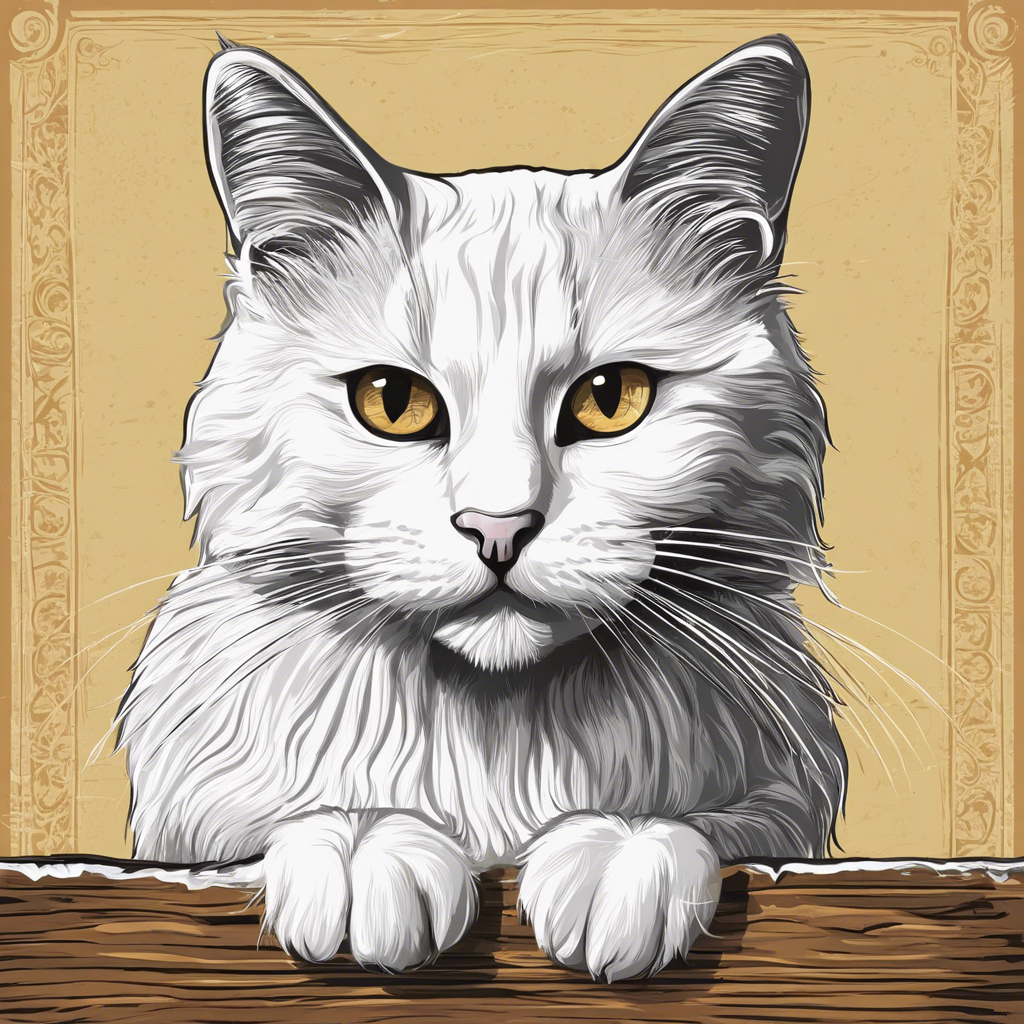Cats are intriguing and independent creatures that have captivated humans for centuries. They are beloved pets and fascinating companions, but understanding their specific needs and quirks can sometimes be a challenge. Let’s explore some insights into whisker wisdom, delving into the world of feline health, nutrition, and training to help cat owners provide the best care for their furry friends.
## Health:
Whiskers, or vibrissae, are not just charming accents on a cat’s face; they serve a crucial purpose. These specialized hairs are deeply rooted and packed with nerve endings, providing cats with valuable sensory information. They act as extensions of the cat’s touch sense, helping them navigate their surroundings, measure distances, and detect even slight changes in air currents—an invaluable asset for hunting and spatial awareness. Any damage to these whiskers can cause pain and disorientation, so trimming them is strongly discouraged.
The whiskers also offer clues about a cat’s emotional state. When they are relaxed, the whiskers point forward, but if they pull back, it indicates fear or aggression. Understanding these subtle cues can help owners better interpret their cat’s moods and needs.
## Diet:
A cat’s diet is pivotal to its overall health and well-being. In the wild, cats are obligate carnivores, primarily subsisting on meat. This diet provides them with essential nutrients like protein, taurine, and arachidonic acid, which are vital for their health. While house cats may not need to hunt for their meals, owners should still prioritize a meat-rich diet to mimic their natural evolutionary needs. High-quality commercial cat foods often provide a balanced and convenient option, but owners can also opt for homemade meals or raw food diets, ensuring proper nutritional requirements are met.
Additionally, cats have a unique relationship with water. They tend to have a low thirst drive, possibly stemming from their desert-dwelling ancestors, but this can lead to dehydration. Owners should encourage water intake by providing fresh, clean water sources throughout the day and even adding wet food to their diets, which provides additional hydration.
## Training:
Cats are trainable, contrary to the belief that they are untamable spirits. Positive reinforcement, using treats or praise, can go a long way in training cats. Start with basic commands like ‘sit’ or ‘come,’ and gradually work towards more advanced tricks or even obstacle courses. Training provides mental stimulation and enriches the cat’s life, enhancing the bond between owner and pet. It also aids in addressing behavioral issues, as cats learn boundaries and appropriate behaviors, fostering a harmonious relationship.
In conclusion, understanding the intricacies of feline health, diet, and training empowers owners to provide the best care for their cats. By respecting their sensory needs, providing a nutritious diet, and engaging them through training, we can ensure our cats lead healthy, happy, and enriched lives. The whisker wisdom gained from this article sheds light on the fascinating world of cats and guides us toward becoming more knowledgeable and attentive caregivers.

